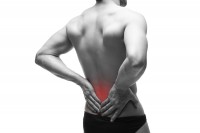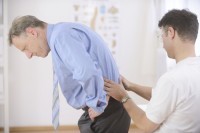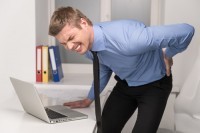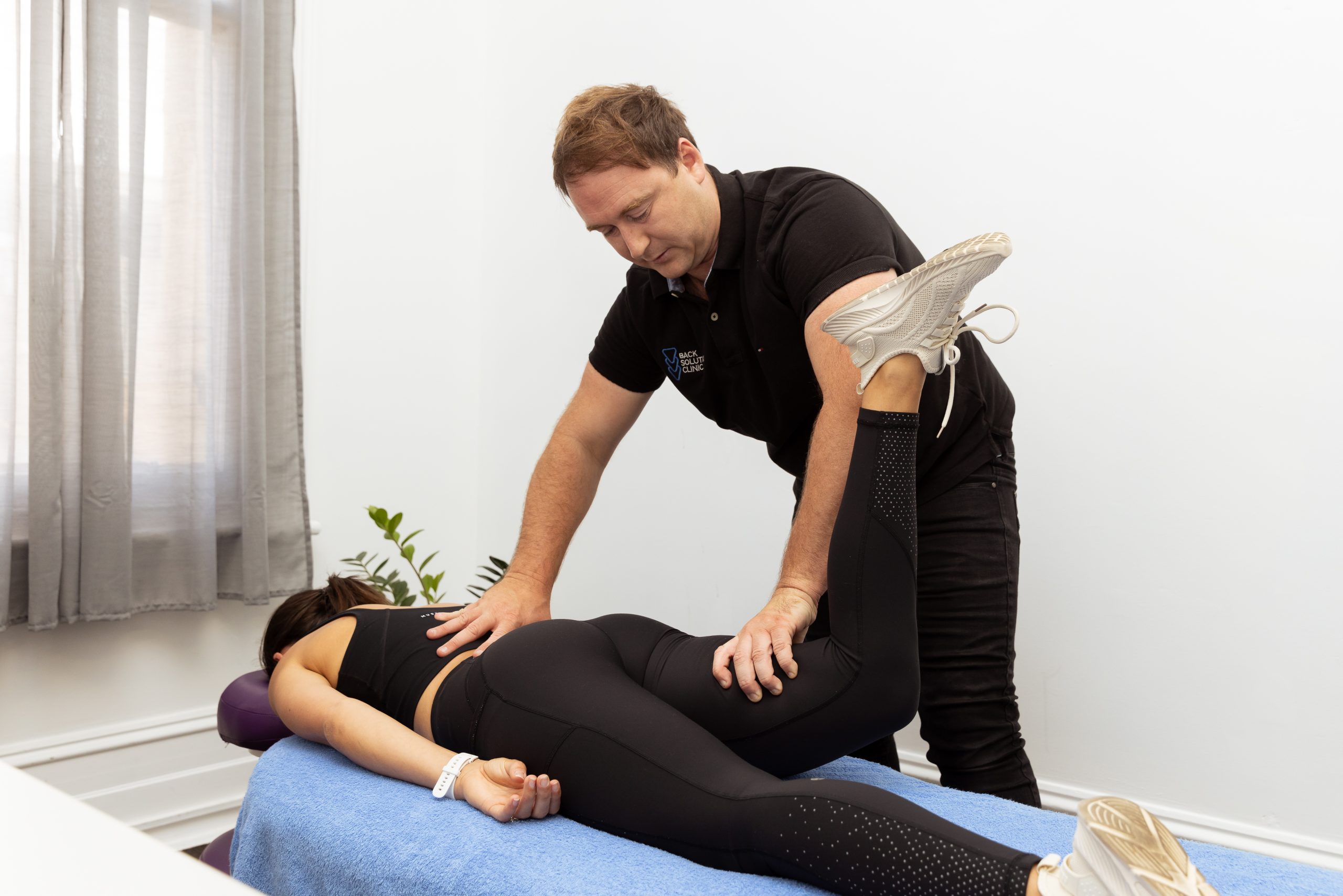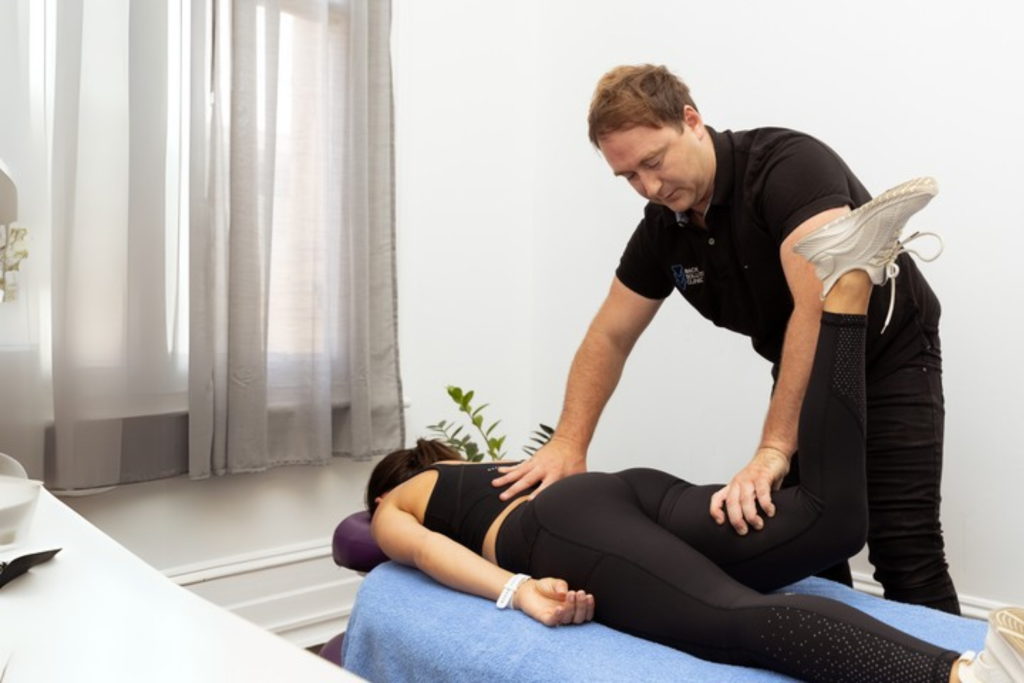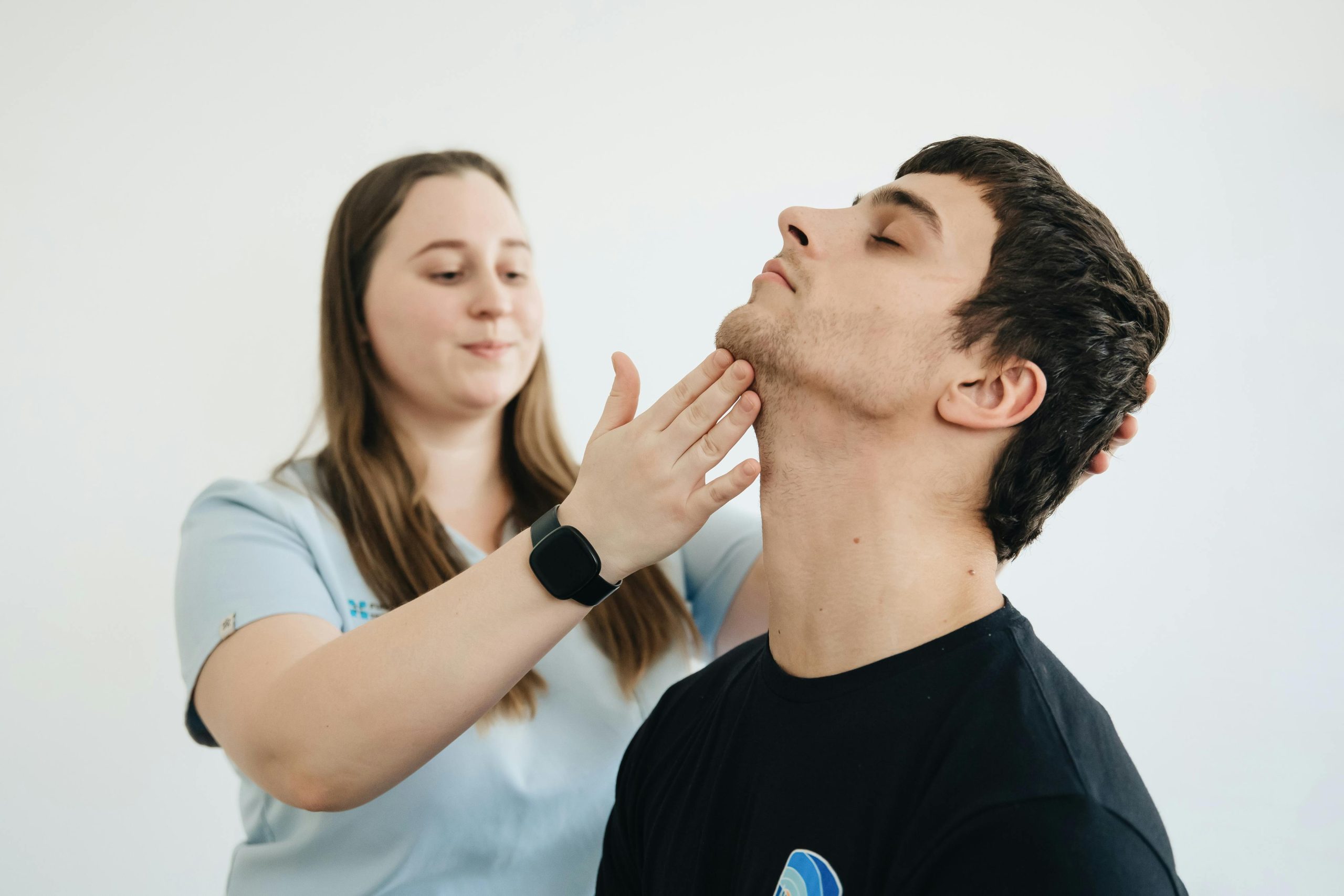Despite what you’ve been told, a large percentage of back pain can be helped!
97% of chronic back pain is curable.
For the vast majority of people suffering from chronic debilitating back pain, they go from doctor to doctor, practitioner to practitioner in a desperate attempt to find a lasting solution to their pain.
As each appointment hands out more conflicting information on ‘the why I have back pain’ and the lack of lasting relief offered, confusion sets in. Everybody knows of a ‘guru’, a practitioner who you as a back pain sufferer just has to go and visit. Each and every time, more of the same. More temporary relief only for the pain to return, and worse still more confusion and a feeling hopelessness.
The concerning part is that this is the norm, not the exception. Patients spend thousands, often tens of thousands of dollars seeing specialists, getting scans, trying new therapies in a desperate attempt to rid their back pain and resume a normal healthy lifestyle once again.
After months, more often years and decades without a solution to their pain, the reality or more accurately the reality of the back specialists kicks in. ‘You are going to have to live with the pain’, ‘we recommend you go to a pain management clinic’, ‘here is this medication to ease the pain’.
The healthcare industry fails chronic back pain sufferers by focusing and treating purely on the symptoms of back pain and not the underlying cause. The vast majority of chronic back pain is caused by the muscles, tendons and fascia of the lower back which is confusing given that all the specialists, doctors, practitioners refer to wear and tear of the spine and intervertebral discs.
X-rays and MRI scans show signs of wear and tear or degeneration of the spine and it’s discs, however up to 40% of adults have herniated discs, with the vast majority of them not experiencing pain. Up to 70% of adults have disc degeneration, once again with the majority not experiencing pain.
Wear and tear of the spine and or disc degeneration is rarely ever the true cause of chronic lower back pain, it is just a natural process of ageing. If the muscles that support the structures of the lower back are strong, balanced and working together then the person will not have back pain, regardless of the what the scans show and how the specialist has interrupted them.
Show us someone with a perfectly symmetrical musculoskeletal system who has chronic lower back pain? In over 15 years, treating over ten thousand patients with chronic lower back pain, we have not seen one patient present to our clinic with sound posture, with muscle symmetry adequate to support their lower back.
Forget the symptoms of lower back pain and focus on the cause. Help the back by i) strengthening the atrophied muscles integral to its support. ii) Free up the restricted muscles that are placing it under load. iii) Restore functional, fluent movement where all the muscles of the body are working synergistically as they are designed to.
So regardless of what any specialist has told you – You can fix your chronic back pain for good, regardless of whether you have suffered for months, years or decades if you focus on the true cause of your pain, not distracted by the symptoms.
